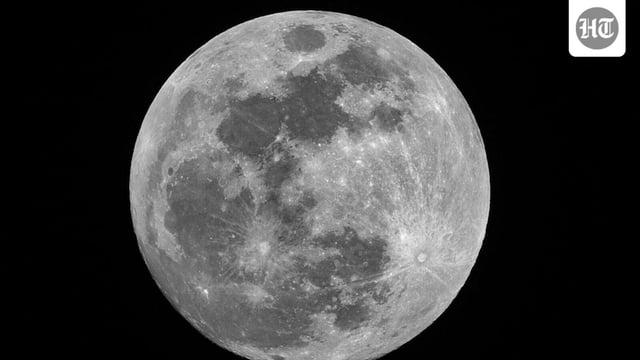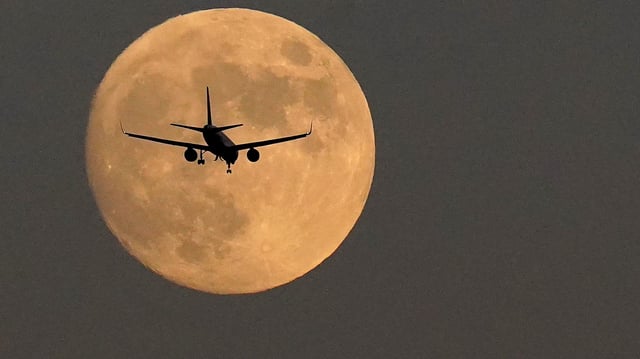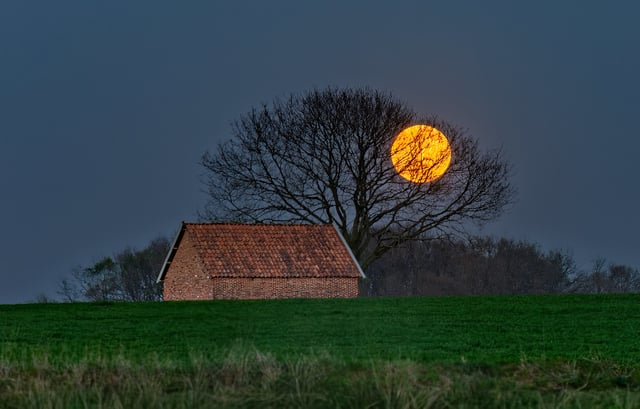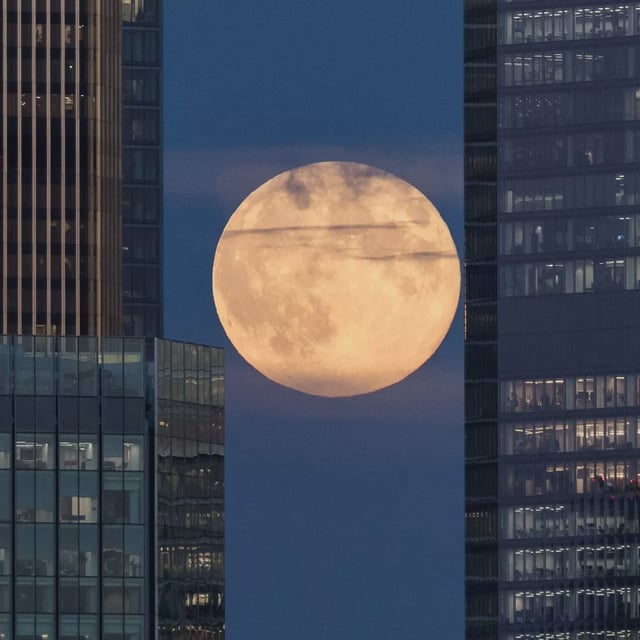Overview
- The full moon reaches peak illumination late Monday at 11:47–11:48 p.m. ET (4:47–4:48 a.m. BST Tuesday) and will look full for several nights, offering multiple viewing chances.
- NASA says supermoons can appear up to about 14% larger and 30% brighter than typical full moons because the moon is near perigee.
- In the UK, BBC Weather expects clearer views across southern England and Wales, with more cloud and rain risk farther north; moonrise is around 6:20 p.m. local time on Tuesday.
- U.S. forecasters call for generally clear conditions in many regions, including New York and New England, with Saturn shining nearby, though the bright moon will reduce visibility of faint meteors and comets.
- This marks the first in a run of consecutive supermoons, with the Beaver Moon on Nov. 5 and the Cold Moon on Dec. 4, and another full supermoon reported for Jan. 3, 2026; coastal authorities in the Southeast note king-tide flooding risks tied to the lunar cycle.



